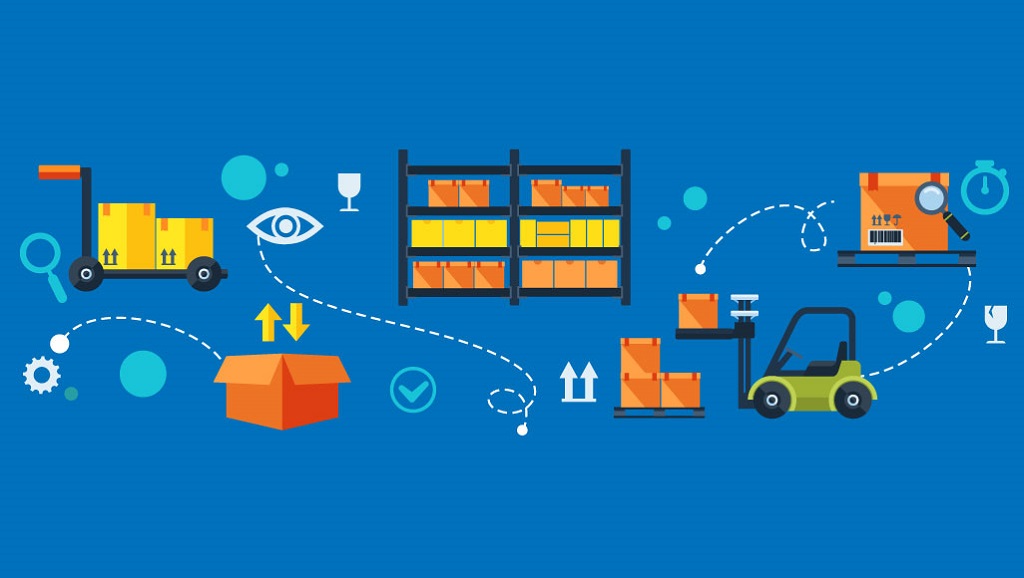Inventory management is critical to run a successful business. Retailers can monitor their stock levels, cut waste, and ensure they have the right products to satisfy client demand. However, inventory management may also be challenging and time-consuming. In this article, we will go through some best practices for boosting retail efficiency.
Regular Stocktaking
One of the most crucial procedures for efficient inventory management is routine stocktaking. Physically counting every item in a store or warehouse and comparing the results to the inventory records are required. Retailers can spot differences between the actual stock levels and the recorded levels by doing this regularly. By doing this, the chance of overstocking or understocking, which can result in higher costs and missed sales, is reduced. Regular stocktakes also aid in spotting any storage and handling problems that can affect the products’ quality and shelf life.
Baling Wire in Inventory Management
In the retail sector, baling wire is commonly used for bundling and fastening goods during inventory management. Baling wire is typically made of steel or strong materials and can secure anything from cardboard boxes to product pallets. Baling Wire Direct provides high-quality baling wire products that can help retailers increase the effectiveness and security of their warehouse and storage spaces.
By utilizing baling wire for inventory management, retailers can reduce the risk of product damage and prevent products from shifting or falling during transit. Also, baling wire makes it easier to handle and store large amounts of goods, improving efficiency and organization within the warehouse. Baling Wire Direct is committed to providing retailers with reliable baling wire products to help support their inventory management needs and enhance their overall operations.
Effective Use of Technology
Inventory management for shops has been transformed by technology. Retailers may track their inventory levels, track sales trends, and automate numerous inventory management procedures using various software solutions. Retailers can reduce the time and resources needed for inventory management by utilizing technology, freeing workers to concentrate on other areas of the company.
Efficient Receiving and Shipping
For good inventory management, receiving and shipping procedures must be efficient. For example, products should be checked and counted immediately after arriving at a store or warehouse. This makes it easier to ensure the inventory data are correct and current. Similarly, tracking and monitoring products while they are transported to clients is essential to ensure they arrive on schedule and undamaged. By improving these operations, retailers can lower the chance of mistakes and delays, which can affect consumer happiness and the bottom line.
Effective Product Display
A successful product display strategy is yet another crucial component of inventory control. Retailers can persuade customers to buy more products by arranging and attractively displaying their inventory, reducing the time and resources needed for restocking. In addition, effective product displays can help businesses rapidly determine which products are selling well and which require reordering, lowering the risk of stockouts and overstocking.
Conclusion
Maximizing retail efficiency and profitability requires effective inventory management. Merchants could adopt essential best practices to enhance their inventory management, including regular stocktaking, efficient technology use, efficient receiving and shipping procedures, and efficient product presentation. By implementing these practices, retailers may decrease waste, cut expenses, and raise customer happiness. Optimizing warehouse and storage spaces through baling wire in inventory management can make the retail operation more productive.




Leave a Reply